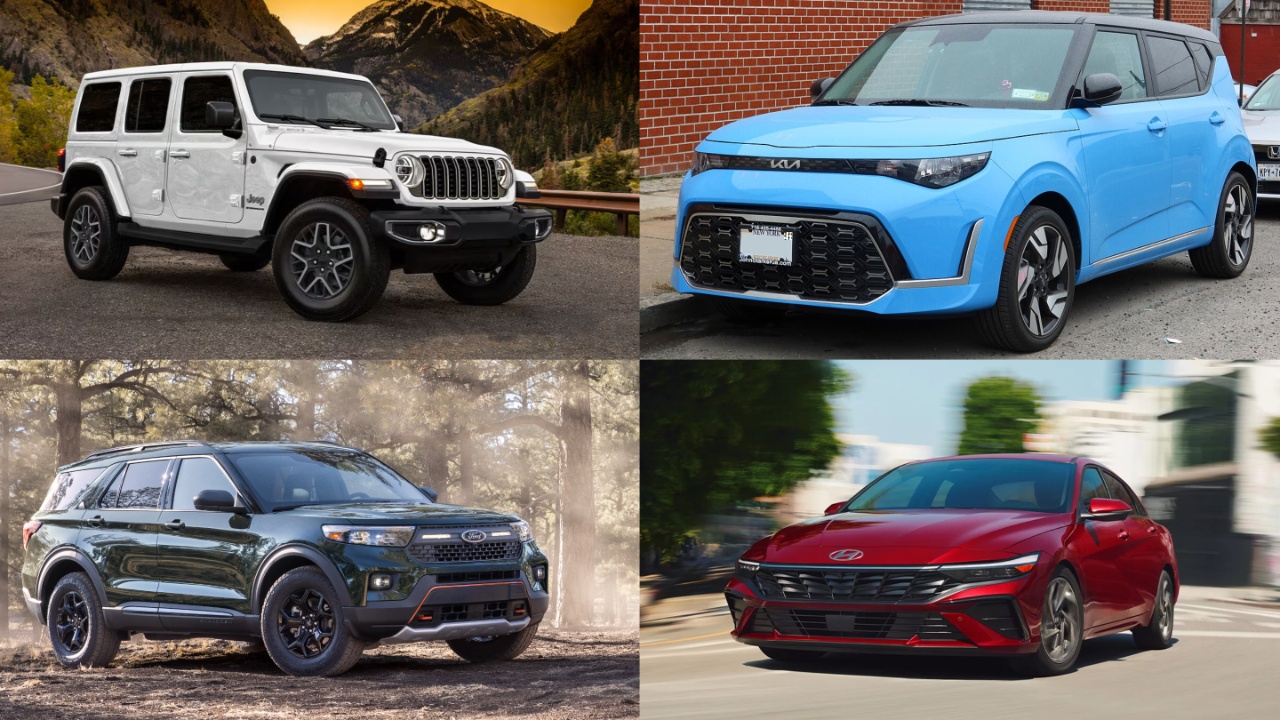Not all car owners want the same things. While most drivers see their vehicles as mere tools to get from point A to point B with minimal hassle, car enthusiasts often enjoy the maintenance process.
They find satisfaction in hands-on tasks like oil changes and repairs. These DIY mechanics value accessibility to vehicle components and reliable performance that still allows for tinkering.
That’s why highly automated, low-maintenance electric cars like the Tesla Model X or Polestar 2 don’t appeal to them. This guide highlights vehicles ideal for at-home maintenance, combining ease, reliability, and an inviting layout under the hood.
1. Honda Accord: Simplicity Meets Reliability
The Honda Accord is a prime example of a user-friendly car for driveway mechanics. Known for its reliability, especially in four-cylinder models, it offers ample access to components like oil filters and spark plugs.
The i4 engines have fewer moving parts than V6s, making them more straightforward to work on. While the 2003 model year suffers from transmission issues, the 2019–2024 models are generally dependable.
With over 160,000 units sold in 2024 alone, parts availability is excellent. The Accord is a reliable favorite that balances quality, simplicity, and performance for those who enjoy doing their own car maintenance.
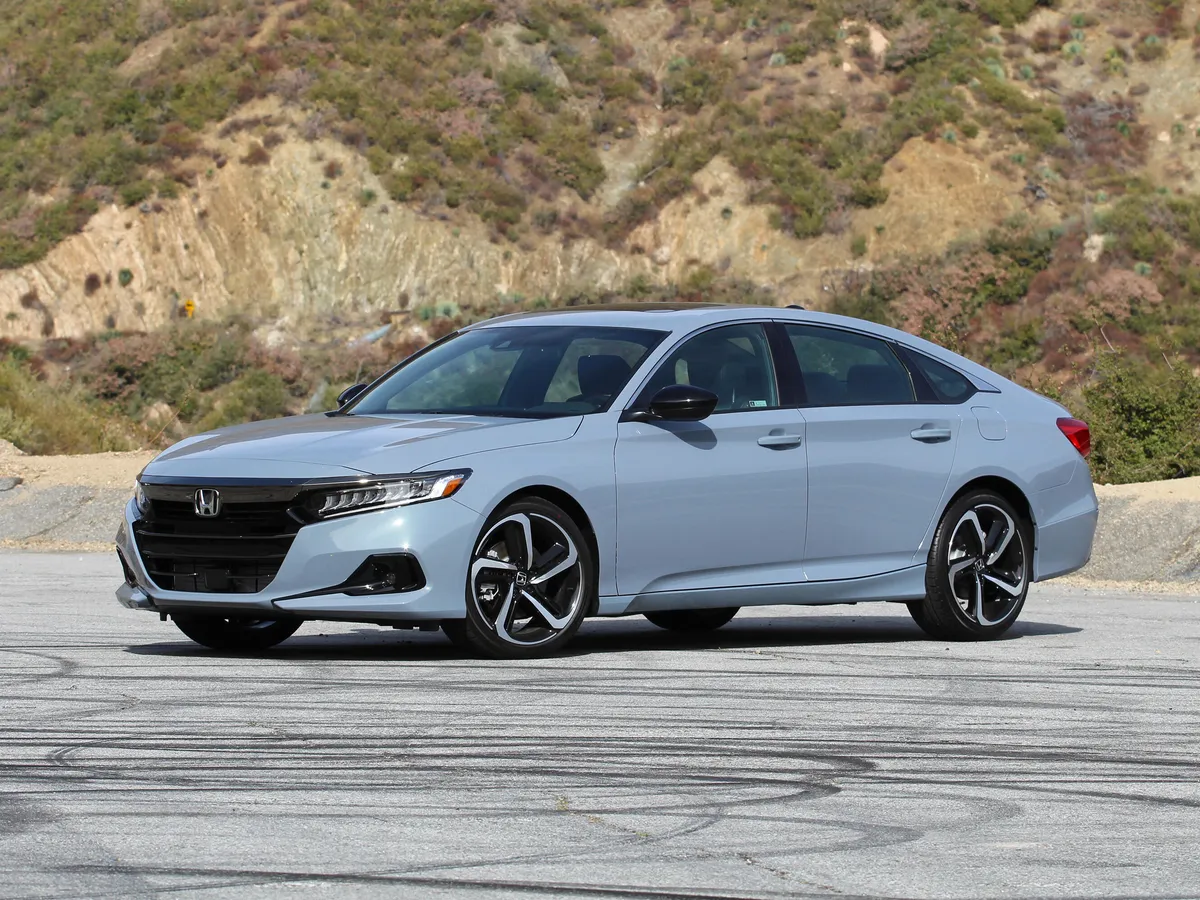
2. Subaru Forester: Roomy Yet Quirky Maintenance
The Subaru Forester earns its spot through a well-thought-out engine bay and solid reliability, though its boxer engine might require a learning curve.
Owners of models from 2013 and 2021–2024 enjoy a relatively easy maintenance experience, provided they avoid the problematic 2014 version, plagued by oil consumption and engine failure.
Though spark plug changes can be frustrating due to the engine layout, the Forester overall is a practical choice. With naturally aspirated engines and decent ground clearance, it’s a great candidate for DIYers who are willing to get familiar with the unique quirks of Subaru’s design philosophy.
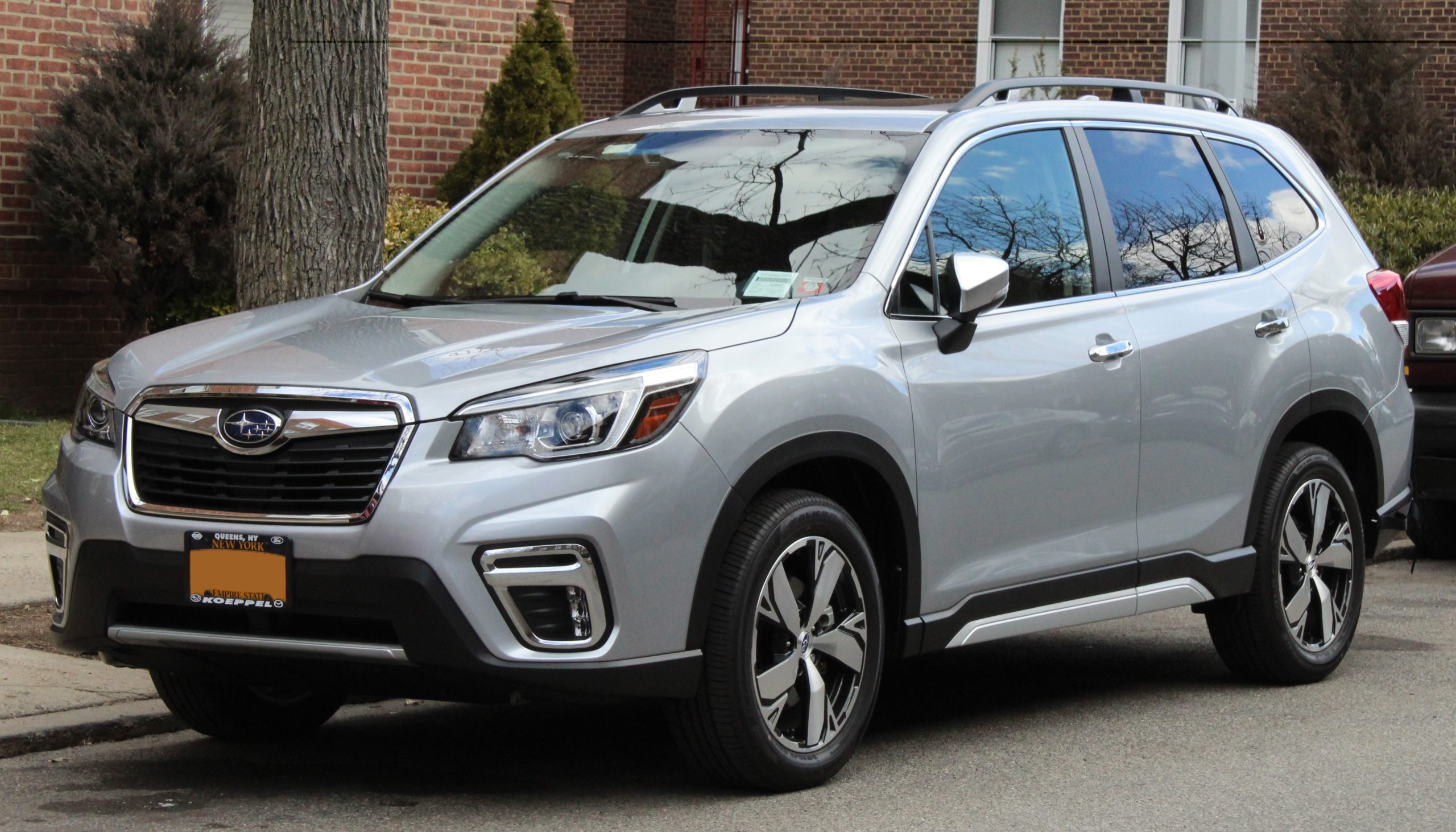
3. Mazda 3: Budget-Friendly and Beginner-Ready
The Mazda 3 offers one of the most accessible entry points into at-home vehicle maintenance. With a straightforward design and reliable Japanese engineering, models from 2011–2013 and 2015–2024 are known for their durability and ease of service.
Most tasks, from oil changes to air filter swaps, are simple enough for beginners. The major downside is its low ground clearance, particularly for newer hatchbacks, which may complicate work without a jack or lift.
Still, for aspiring gearheads looking to get comfortable with car maintenance, the Mazda 3 is a forgiving and cost-effective option that won’t overwhelm new hands.
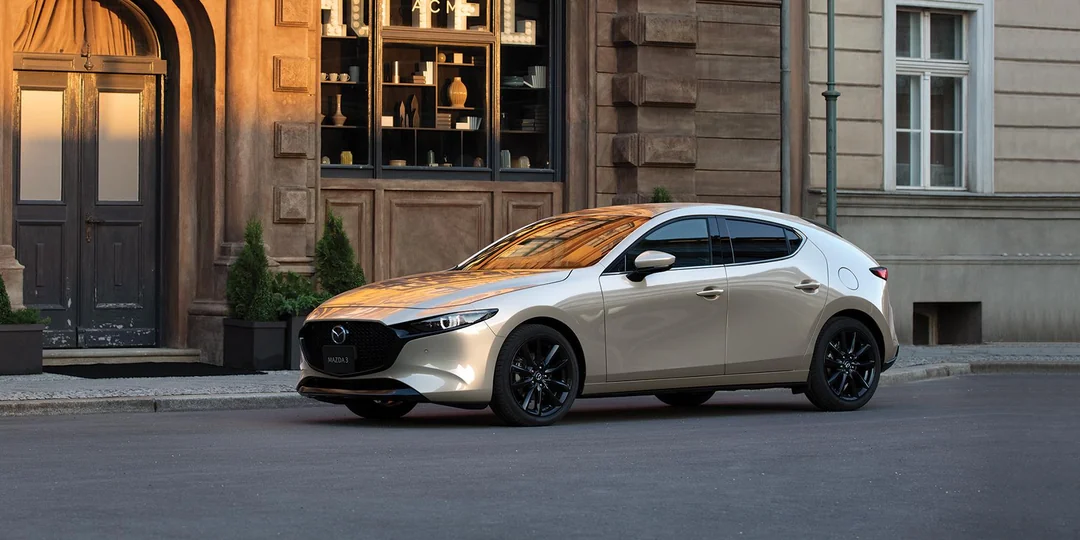
4. Hyundai Elantra: Reliable and Affordable—With a Caveat
Hyundai’s Elantra models from 2018–2024 offer a solid blend of affordability and ease of repair, making them a strong pick for DIY maintenance. However, owners should steer clear of the 2011–2015 versions, especially 2013, due to serious engine issues including ticking, stalling, and outright failure.
Outside that problematic generation, the Elantra is among the easiest cars to maintain, with abundant parts availability and low repair costs. Selling over 100,000 units yearly, it’s a staple of reliability. For budget-conscious owners looking for a practical and hands-on vehicle, the right Elantra model can be a surprisingly dependable choice.
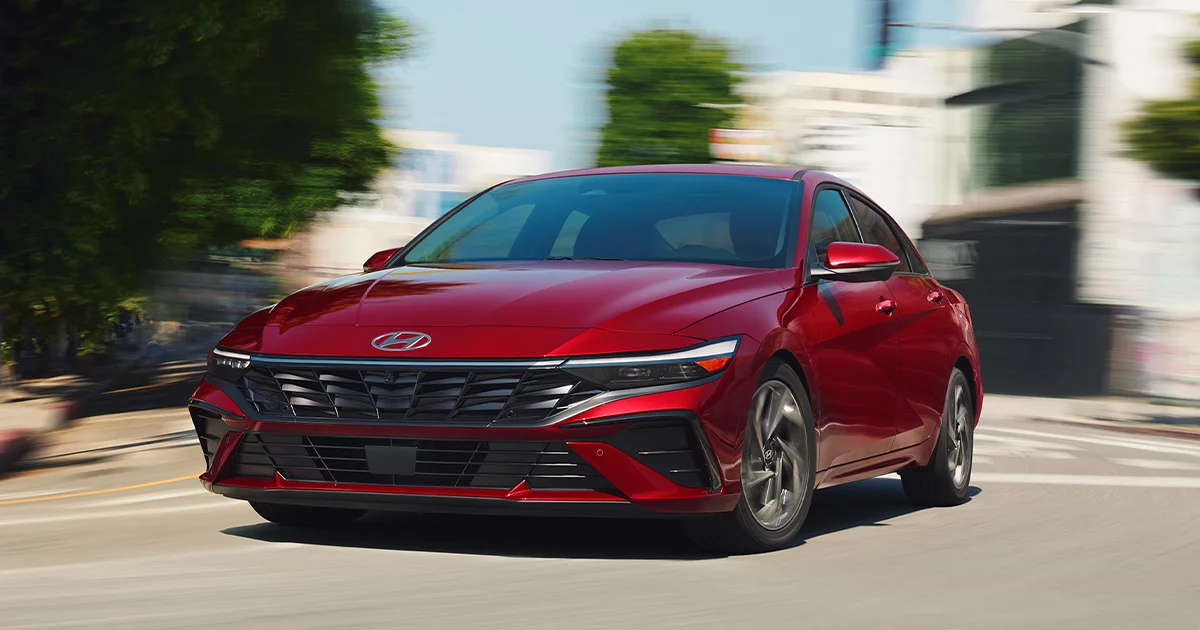
5. Ford F-150: America’s DIY Favorite
The Ford F-150’s ubiquity in the American market makes it a goldmine for spare parts and tutorials. This best-selling truck is not only reliable but also incredibly well-supported by the aftermarket, making it ideal for home repairs.
Models from 2019–2024 are particularly favored, while the 2018 version is less desirable due to transmission problems. Owners often praise its simplicity in areas like brake jobs or oil changes.
While timing chain replacements in older models can be complex, many still choose to take on the challenge. The F-150 is both a workhorse and a teacher for learning mechanics in your driveway.
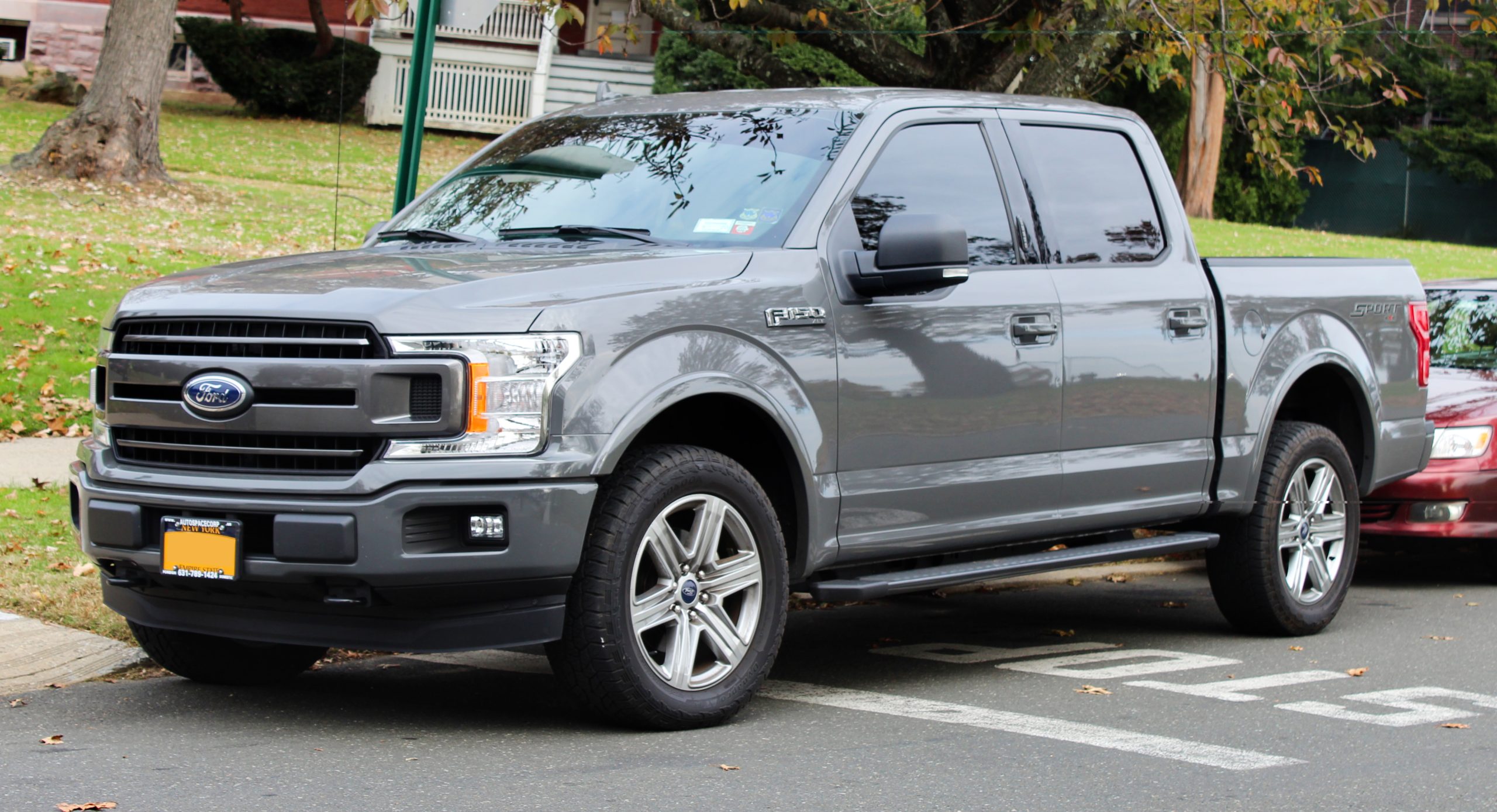
Also Read: 10 Cars Used for Long-Distance Deliveries With Zero Issues
6. Mazda MX-5 Miata: Pocket-Sized Joy
For those who want a low-maintenance sports car experience, the Mazda MX-5 Miata is perfect. This roadster combines performance with simplicity, making it a favorite among both novice and experienced gearheads.
Best maintained between 2013–2015 and 2017–2024, it’s known for its naturally aspirated engines and accessible components. Its compact size and intuitive layout make basic repairs and routine checks a breeze.
The main issue lies in its AC compressor, but otherwise, it’s affordable to maintain with an estimated annual cost of around $429. The MX-5 is a joyful, user-friendly car that welcomes grease-stained hands and curious minds.
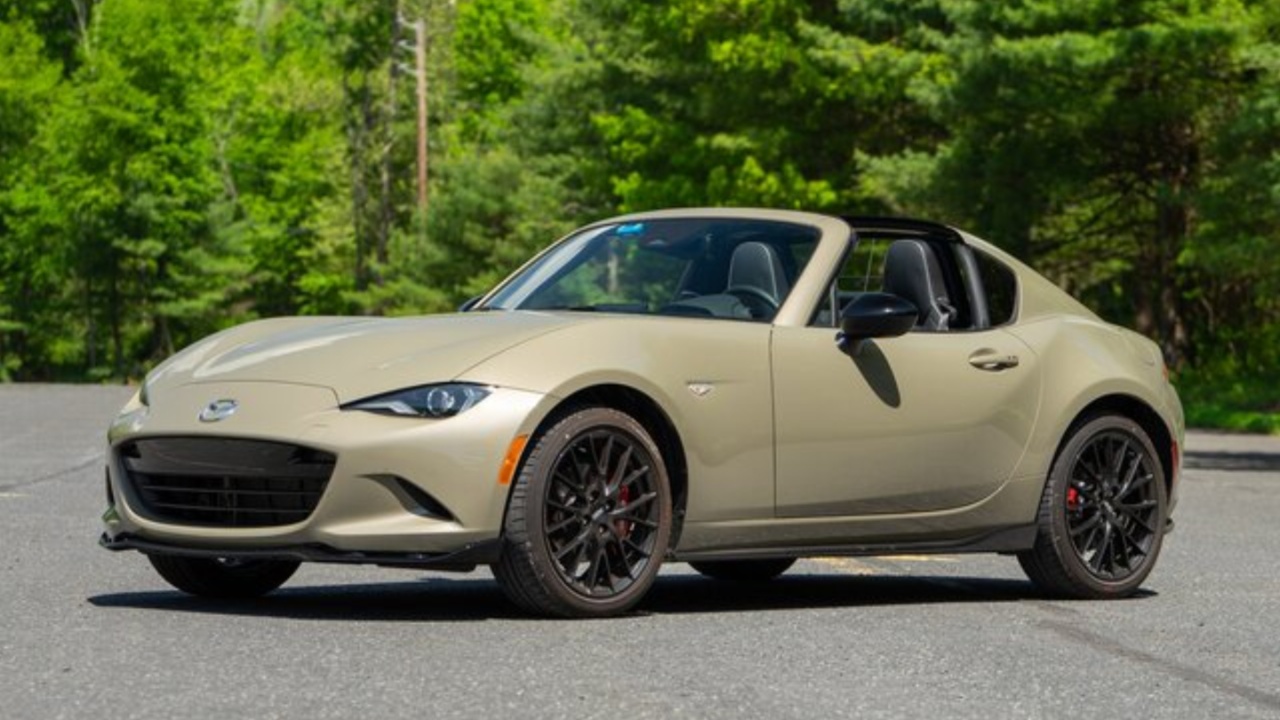
7. Ford Mustang: The Starter Project Car
For aspiring restorers, the Ford Mustang is a classic choice. With an extensive history and huge enthusiast community, it’s perfect for those looking to dip their toes into larger repair or modification projects.
Models from 2017–2024 are solid, but many gearheads swear by the fourth-gen GT with the 4.6-liter V8 for ease of access and rugged reliability.
Though the 2010 model is best avoided due to corrosion issues, most Mustangs offer an excellent blend of accessibility and parts availability. Whether restoring or simply maintaining, this iconic muscle car is a fantastic way to build confidence under the hood.
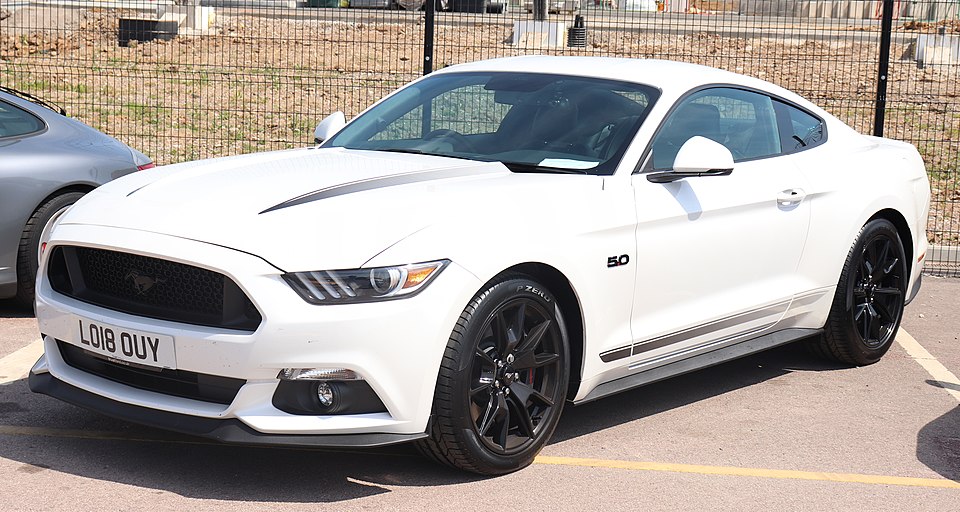
8. Kia Soul: Compact, Cheap, and Capable
The Kia Soul proves that a car doesn’t have to be fancy to be functional and easy to maintain. With the best years between 2017–2019 and 2021–2024, this boxy compact car is favored for its low maintenance costs, averaging $437 annually, and wide availability of parts.
Avoid the 2016 model year, which is plagued by engine failure. Thanks to an abundance of online tutorials and an intuitive engine layout, even complex jobs become manageable for the average DIYer. The Kia Soul is a surprisingly robust little car that offers major savings and learning opportunities for those ready to get hands-on.
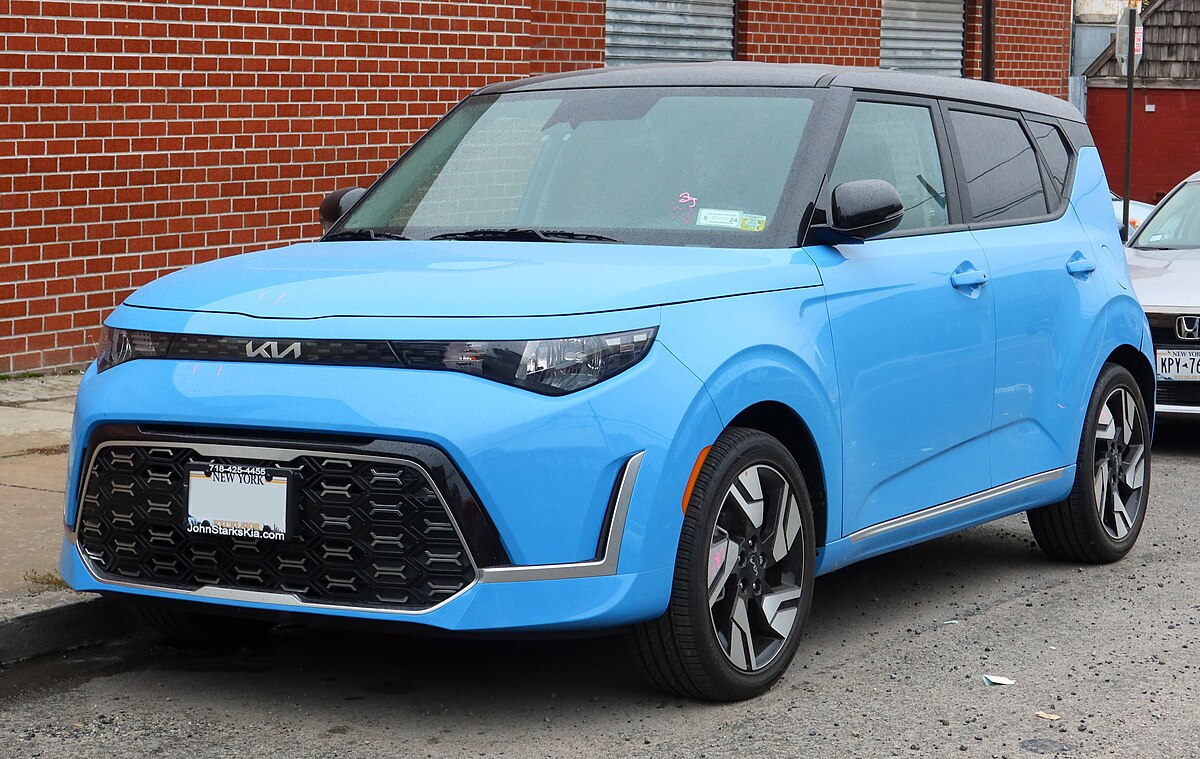
9. Ford Explorer: SUV Simplicity at Its Best
The Ford Explorer is a well-loved SUV that has stood the test of time since its debut in 1990. Known for practicality and size, it’s also relatively straightforward to work on at home.
Its popularity—nearly 200,000 units sold in 2024—means spare parts and repair guides are easy to find. Recommended years include 2007–2012 and 2017–2024, while the 2006 model suffers from severe transmission issues.
With roughly eight inches of ground clearance, routine tasks like oil changes and tire rotations are manageable without lifts. For those needing a family-friendly SUV with DIY potential, the Explorer is a smart bet.
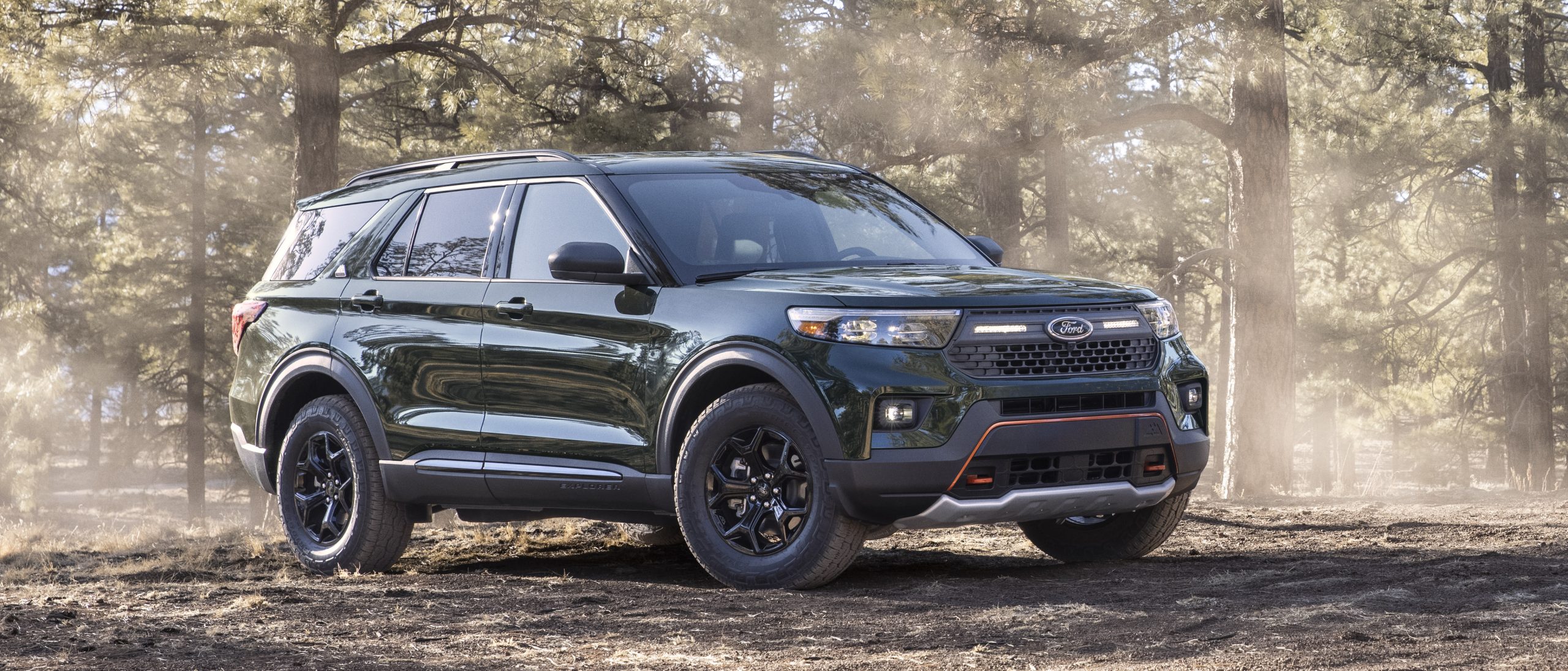
10. Jeep Wrangler: Easier Than Its Reputation
Despite jokes about reliability, modern Jeep Wranglers—particularly from 2016 onward—are surprisingly user-friendly when it comes to maintenance. While older models like 2008 and 2012 have issues with “death wobble” and electrical faults, newer versions are rated highly by J.D. Power.
The real appeal lies in the open, spacious engine bay, which provides excellent access for everything from fluid top-ups to part swaps. Because Wranglers are heavily modified, many issues arise from aftermarket parts rather than factory flaws.
For someone willing to work with their hands and avoid unnecessary mods, the Wrangler can be a fun and rewarding machine to maintain.

For those who see cars as more than just transportation, easy-to-maintain vehicles are a source of pride, education, and joy. While some seek the convenience of low-maintenance electric vehicles, others embrace the occasional scraped knuckle and Saturday afternoons spent in the driveway.
The models discussed here—from the humble Kia Soul to the iconic Ford Mustang—offer varying degrees of mechanical simplicity and reliability.
Whether you’re a beginner or an experienced wrench turner, these vehicles are excellent choices for DIY maintenance. Because for gearheads, the road to satisfaction isn’t just about the destination—it’s about the ride, and the work that keeps it going.
Also Read: 10 Best Synthetic Oils for Engine Longevity and Peak Performance

